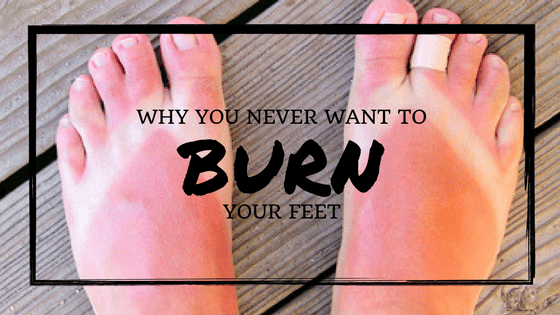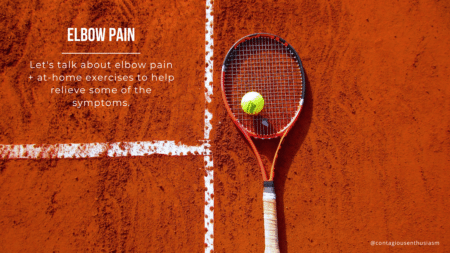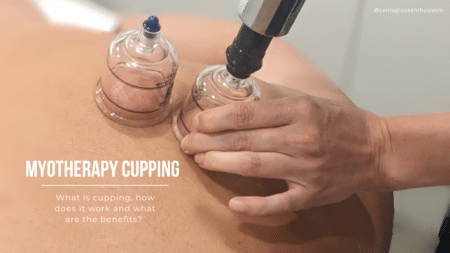Why you never want to burn your feet!

The feet are probably the last place you would expect to burn, but time and time again we see it happen in our podiatry rooms and here are the reasons why.
Peripheral neuropathy (nerve damage) is very common in people with diabetes, which means they are unable to detect the feeling of hot and cold sensation.
This means if they walk outside on hot pavement barefoot, sit with their feet too close to a heater, put their feet into a bath that has been poured too hot, or pace their feet on a heat bag or hot water bottle for too long, guess what? They do not feel it and cause a thermal burn to the area.
But nerve damage is not the only reason, are feet are often a place we forget to put sunscreen on and too long in that hot sun can cause for some very painful soles. Especially since we have so many nerve endings in our feet. Scar tissue can also result from burns and can be hypersensitive.
This is why it is important to know how to treat burns to minimise tissue damage, scaring and aid healing. In this blog we will provide you with some of our top podiatry tips to assess and manage foot burn injuries.
Immediate First Aid for Foot Burns:
Burns can continue to progress and penetrate deeper over a period of 48 hours is left untreated.
Running cool water over a burn for a period of 20 mins as soon as possible or within the first 3 hours of injury will significantly reduce pain, inflammation, swelling and tissue damage.
Cool running water removes heat better than a cold compress.
Cold water or ice should be avoided as they can cause vasoconstriction (reduction in size of the blood vessel), increasing tissue damage or causing frostbite.
If burns are over 20% in adults or 10% in children of total body surface hypothermia from the cool water needs to be monitored and avoided. If symptoms of hypothermia present, cooling should be ceased.
Pain Relief for Foot Burns:
Pain will vary depending on the depth of the burn. Full thickness burns that have damaged the free nerve endings tend to be painless; however other burns can be extremely painful.
Pain relief such as opiods will enable debridement and adequate dressing changes for the patient and reduce emotional distress.
Adequate Cleaning of Foot Burns:
Maintaining a clean wound is vital for healing and minimising the risk of infection.
If blisters are larger than the patients finger nail the blisters should be released by a medical or allied health practitioner using a-septic techniques to relieve pain, allow proper assessment of the wound.
Appropriate Dressing for Foot Burns:
48–72 hours following a burn injury there is often increased exudate and fluid. A highly-absorbent dressing is generally required and should be changed every 48 hours to prevent leakage.
For smaller burns non-stick foams are ideal dressings as they are easy to apply, easy to remove, maintain a moist wound healing environment and are available in a range of shapes and sizes.
Elevation to Reduce Swelling:
Most prevalent 48 hours after injury. Excessive swelling can delay healing and increase pain levels. Therefore, where possible, the wounded area should be elevated to reduce swelling.
Follow up Care for Foot Burns:
Due to the changing nature of burns, a follow-up review within 48 hours of the original injury is advised. At this stage, the true depth of the burn should be apparent.
Analgesic requirements should be reviewed, as increase pain maybe evident with healing of the wound and nerve regeneration.
Any burn not healed within 2 weeks should be referred to a specialist burns service for review.
After Care for Foot Burns:
Daily application of skin moisturiser for dry, flaky skin, reducing the risk of itching and inflammation of the skin.
Sun block for 6–12 months to prevent further thermal damage or pigmentation changes to the affected area.
Scar management by way of pressure garments or silicone.
Offloading insoles to assist in pressure management on painful areas.
At Well Heeled Podiatry we can assess the sensation and nerve health in your feet and provide you with daily foot care advice to prevent burns and first aid measures, especially if you have Type 1 or Type 2 Diabetes.
We can also assess your feet regularly for any signs of injury or trauma if you find it difficult to see or reach down to your feet.





